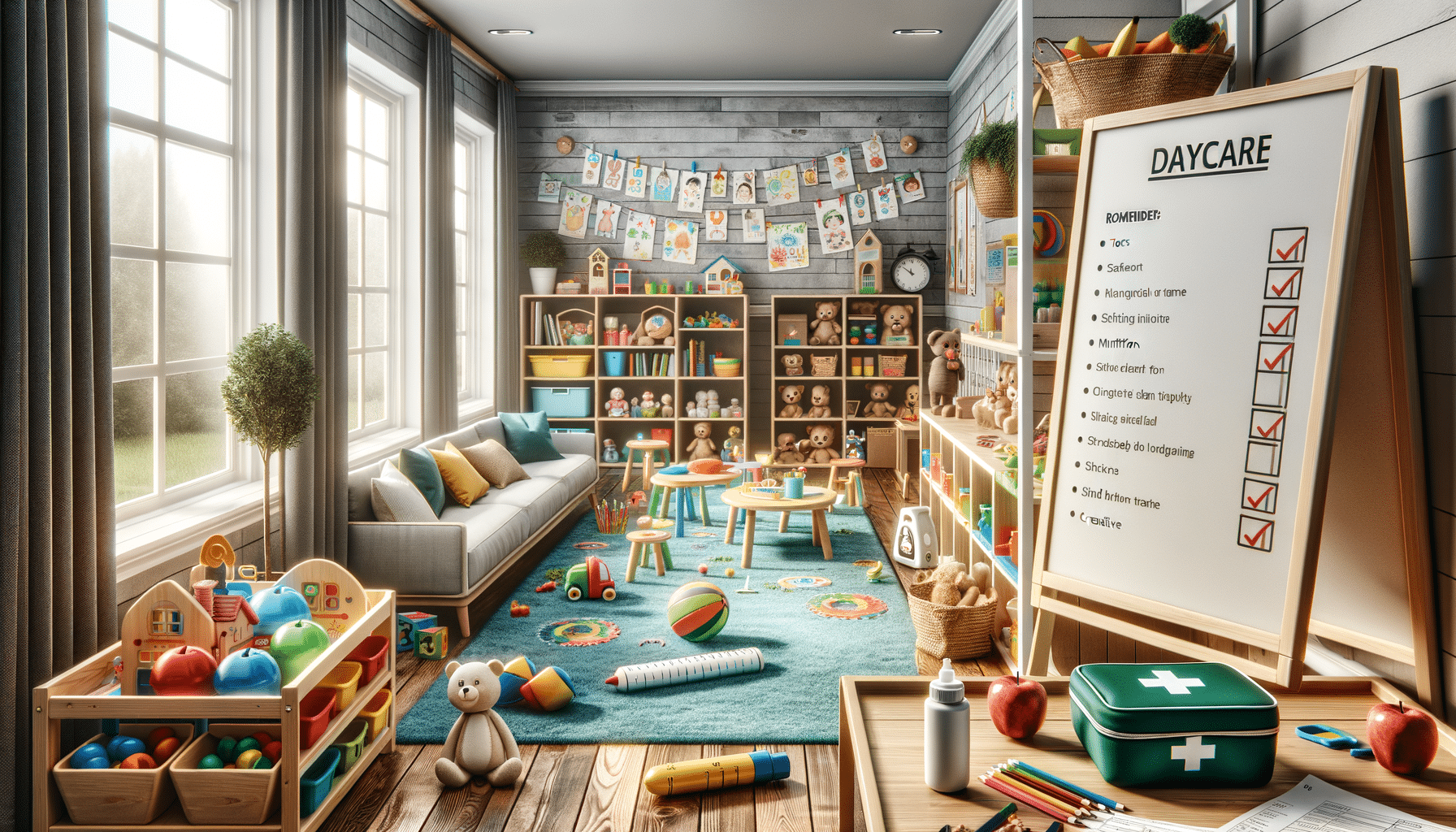What do parents need trust their child to a daycare?
Trust in a daycare starts with safety, qualified caregivers, and how well children are engaged. Proper licensing and staff training help create a secure, nurturing environment.

Understanding the Importance of Safety in Child Care
When it comes to choosing a daycare, safety is often the foremost concern for parents. A safe environment not only ensures the physical well-being of children but also provides peace of mind for parents. Safety in daycare encompasses various aspects, ranging from the physical environment to the protocols in place for emergencies. Facilities should be child-proofed, with secure gates, covered electrical outlets, and non-toxic toys. Additionally, staff should be trained in first aid and CPR, and there should be clear procedures for handling emergencies.
Moreover, safety protocols should extend to the emotional and psychological aspects of care. This means creating an environment where children feel secure and supported. Staff should be trained to recognize and address signs of distress or discomfort in children. By fostering a safe and nurturing environment, daycares can build trust with parents and provide a stable foundation for children’s growth and development.
The Role of Qualified Caregivers in Daycare
Qualified caregivers are the backbone of any reputable daycare. Their expertise and dedication directly influence the quality of care children receive. Caregivers should possess relevant qualifications, such as degrees in early childhood education or certifications in child development. These qualifications ensure that caregivers have the necessary knowledge to support children’s learning and development effectively.
Additionally, caregivers should exhibit qualities such as patience, empathy, and strong communication skills. They should be able to engage children in meaningful activities that promote cognitive and social development. Regular training and professional development opportunities can help caregivers stay updated with the latest best practices in child care. By investing in qualified caregivers, daycares can ensure a high standard of care and build trust with parents.
Engaging Children Through Activities
An engaging daycare environment is one where children can explore, learn, and grow through a variety of activities. Activities should be age-appropriate and designed to stimulate children’s curiosity and creativity. This can include arts and crafts, storytelling, music, and outdoor play. By offering a diverse range of activities, daycares can cater to different interests and developmental needs.
Engagement is not just about keeping children occupied; it’s about fostering a love for learning and encouraging social interaction. Group activities can help children develop important social skills, such as sharing, cooperation, and communication. Moreover, activities should be structured yet flexible, allowing children the freedom to explore and express themselves. By prioritizing engagement, daycares can create a vibrant and dynamic environment that supports children’s holistic development.
Licensing and Accreditation: Ensuring Quality Standards
Licensing and accreditation are crucial indicators of a daycare’s commitment to maintaining quality standards. Licensed daycares are required to adhere to state and local regulations, which often include guidelines on staff-to-child ratios, health and safety standards, and caregiver qualifications. Accreditation, on the other hand, is a voluntary process that demonstrates a daycare’s dedication to exceeding basic standards.
Accredited daycares undergo rigorous evaluations by recognized organizations, ensuring they meet high standards of care and education. This process often involves self-assessment, peer reviews, and continuous improvement plans. For parents, choosing a licensed and accredited daycare provides assurance that their children are in a safe, nurturing, and high-quality environment. It also reflects the daycare’s commitment to ongoing improvement and excellence in child care.
Building Trust Through Transparent Communication
Transparent communication is a cornerstone of trust between parents and daycare providers. Regular updates about a child’s progress, daily activities, and any concerns can help build a strong partnership between parents and caregivers. Daycares should have clear communication channels, such as newsletters, parent-teacher meetings, and digital platforms for sharing information.
Additionally, open communication allows parents to share their expectations, concerns, and feedback, fostering a collaborative environment. Daycares that actively listen to and address parents’ concerns demonstrate their commitment to providing the best possible care for children. By prioritizing transparent communication, daycares can strengthen the trust and relationship with parents, ultimately benefiting the children in their care.